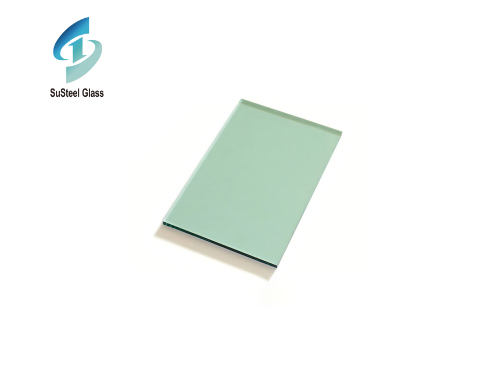
The inspection standard of hollow glass may vary from standard to standard. These standards usually require different viewing distances and angles to determine whether a glass product is defective. The glass should be examined from the inside out under normal daylight conditions and must be free of visible moisture.
To make sure the air pressure machines are working properly, manufacturers are finding new ways to check their products. These defects cannot be detected by the naked eye. Nondestructive laser measuring equipment can measure oxygen, argon and krypton gases in hollow glass. It's easy to use, portable, and uses a digital camera.
Inflatable Windows are more effective than Windows without inflatable Windows. This type of hollow glass is filled with special gases to improve thermal efficiency. These slow-moving gases minimize convection and minimize heat transfer through the Windows. The inspector can easily identify the inflatable window because the two small holes are located in the gasket. These holes are used for gas and air.
In addition to the basic name, the glass industry has a website and consumer vocabulary to answer common consumer questions. In addition to a comprehensive glass standards vocabulary, the vocabulary includes frequently asked questions and guidelines for assessing potential problems. There are some other important items in hollow glass that must be checked, but these are the most common. The guidance is essential to protect the safety and security of the people living in these buildings.
 High Purity Tin Ingot: Essential Uses and Key Advantages
High Purity Tin Ingot: Essential Uses and Key Advantages
 Burglar-Resistant Glass: Enhancing Security and Peace of Mind
Burglar-Resistant Glass: Enhancing Security and Peace of Mind
 Exploring the World of Green Tinted Glass Products: Versatility and Sustainability
Exploring the World of Green Tinted Glass Products: Versatility and Sustainability


